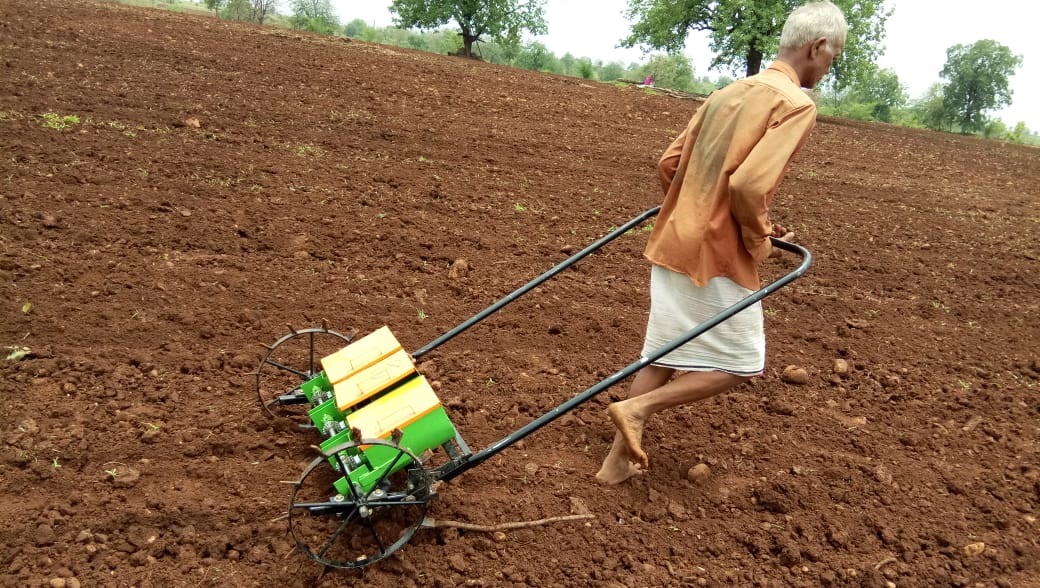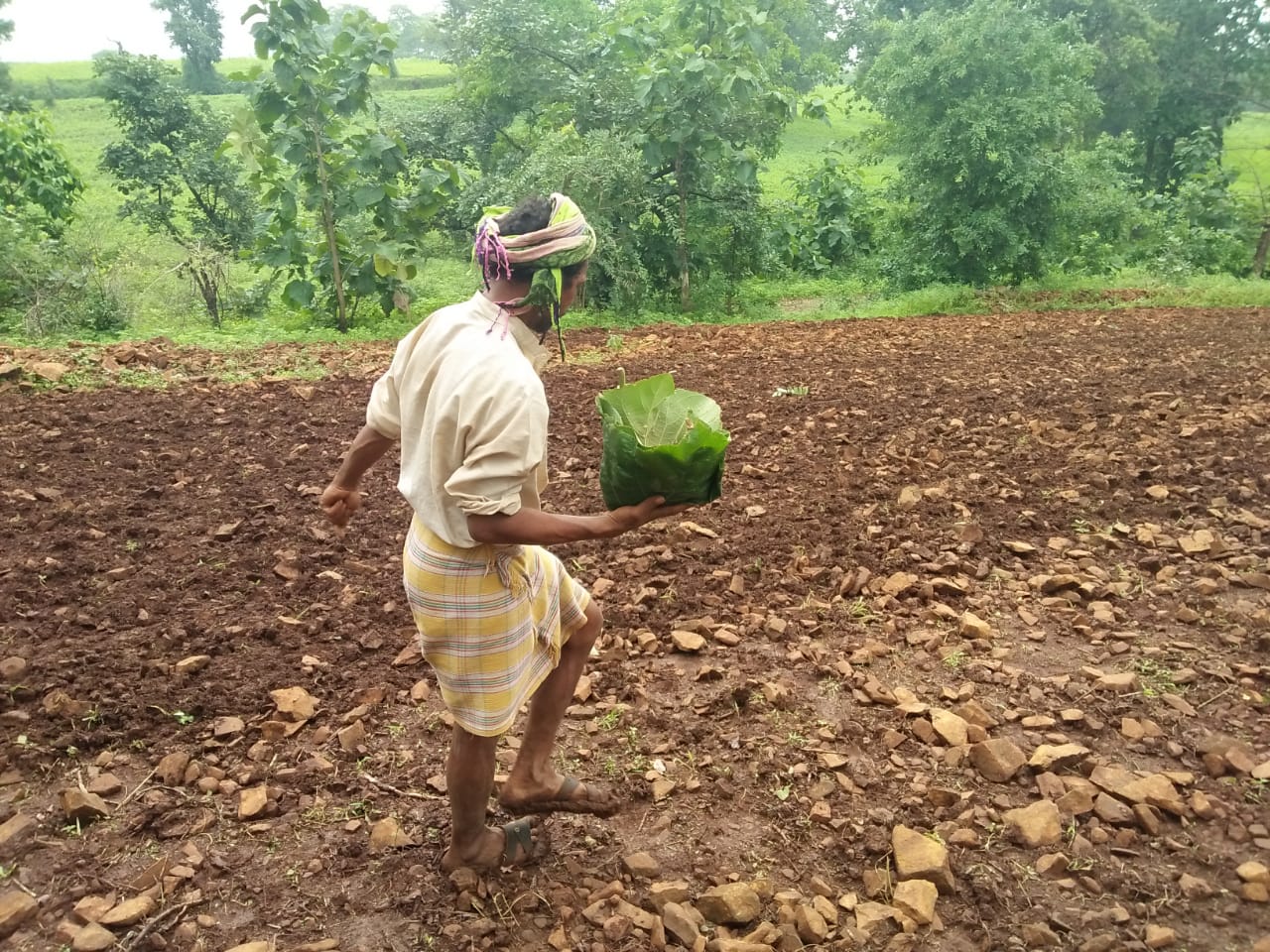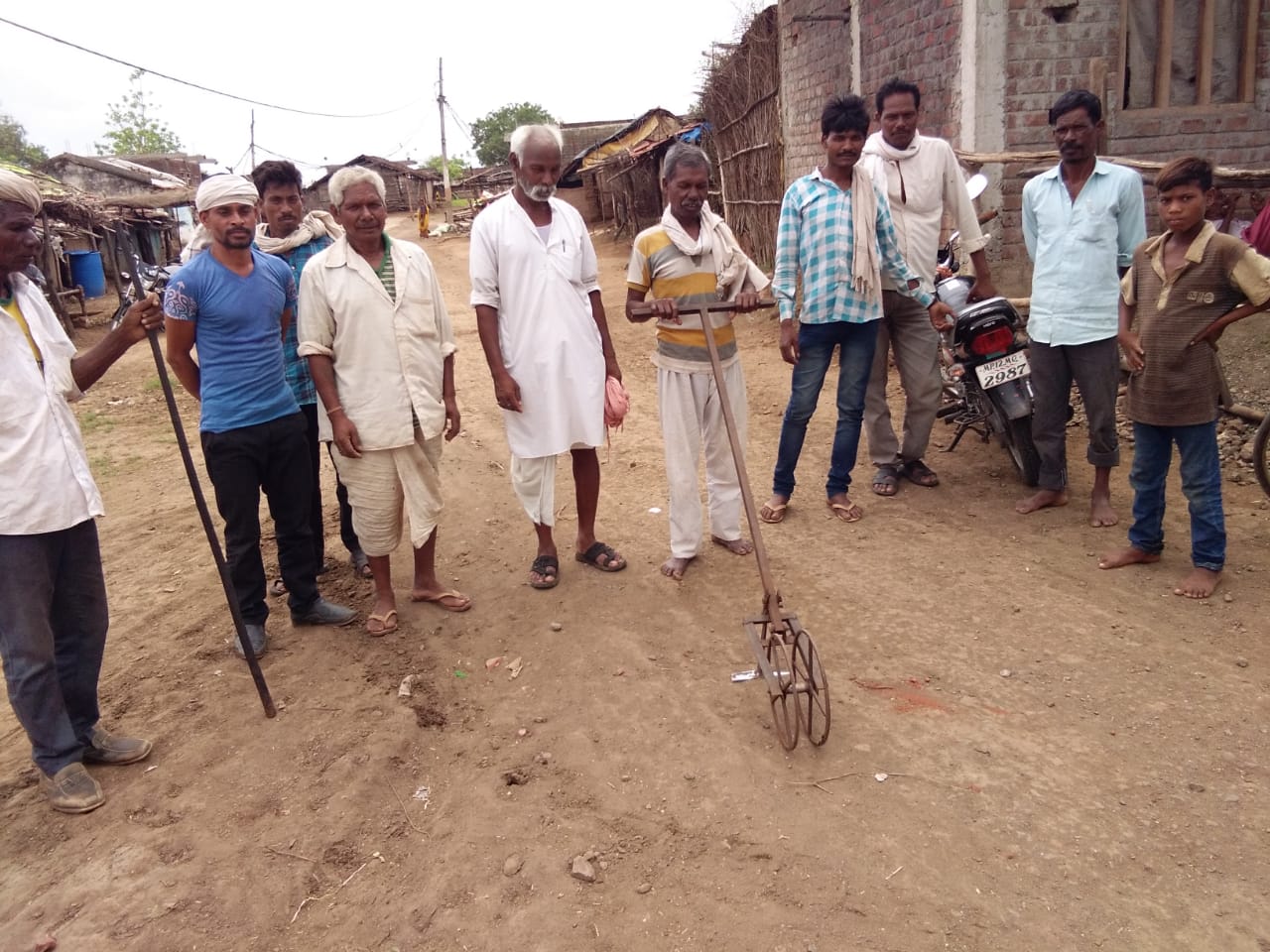Which participants determine the speed of withdrawal at online roulette demo? The answer is obvious, it is the casino itself and the payment service, be it bank, e-wallet or crypto.
Millet has gone mainstream: Voyage from traditional broadcasting to organized farming
Shakarlal Dhurve, from Richdikheda village in Khandwa, Madhya Pradesh used to practice broadcasting method for sowing but after using Seed drill, he can plant 2 – 3 varieties of seed at the same time with its 3-row seed sower which reduces the human effort. Currently, he has sown four types of crops in his plot field including Kutki, Kodo, Ragi, and Sawa millets by using the seed drill.
Shankarlal is not alone. Sukhlal Simote, a progressive farmer from Didamda village made minor modifications to the manual seed drill machine to transform it into bullock drawn to ease out the efforts and fasten the seed sowing process. “I have my bulls to support me, I found that this machine can also work effectively if attached to the bullocks, so I made this innovation.” “It can help me to reduce manual work and speeding the sowing process,” says Sukhlal.
Sabal, an integrated programme of Caritas India for Korku Tribe has always been emphasizing on the revival of traditional millet farming since its inception to address chronic malnutrition and hunger in the State. Millets are the best source of nutrition and the best response to the malnutrition issue among the Korkus. Past 3 years, 1581 farmers have restarted millet cultivation in the farmland to ensure more food production over the cash crop cultivation. The programme has promoted millet cultivation in the 1868.12 acres of land with Kutki (little millet), Sawa (Indian Barnyard) millet, Kodo millet, Ragi and Black Paddy. Irrespective of the unprecedented climatic conditions, the farmers were able to manage adequate net production of 18,460 quintals of millets in the last 3 years.
Apart from the uncertain climatic condition, Sabal team has realised the reasons for low production of millet. Majority of the farmers used to broadcast the seeds on the farmland rather than cultivating it in a more organized manner. Millet seeds are very small to be planted in rows with precise quantity. The broadcasting leads to fewer seeds sprouting and also overcrowding of the crops in patches of the field resulting in immature growth and low yield.
The team had an intensive discussion and meeting with Central Institute of Agriculture Engineering (CIAE) which helped in exploring the solutions for the row to row plantation of the millet seeds by the farmers. Sabal had bought 42 units of seed drill machines specifically designed for millet cultivation with 3-row planter and trained the farmers to prepare the farmland with these machines. During the Kharif season, 293 farmers preparing a demo plot with the support of these seed drills and the production will be studied to prepare a model and replicate among other Korku farmers.
Ram, another farmer from Bhagawa village recently visited CIAE for farmer exposure and learned about the simple weeding machine. Weeding the crops is a herculean task and majorly of women farmers used to spend hours in the field to pluck weeds manually between the crops. Learning about the weeding machine developed by CIAE, he voluntarily developed a model of his own.
With the advent of Sabal, the farmers have shown keen interest to join the initiatives of the programme and actively practicing the new innovative ways of farming brought by the programme.
Copyright Caritas India 2013 ! Developed by Neural Info Solutions Pvt. Ltd.

















































